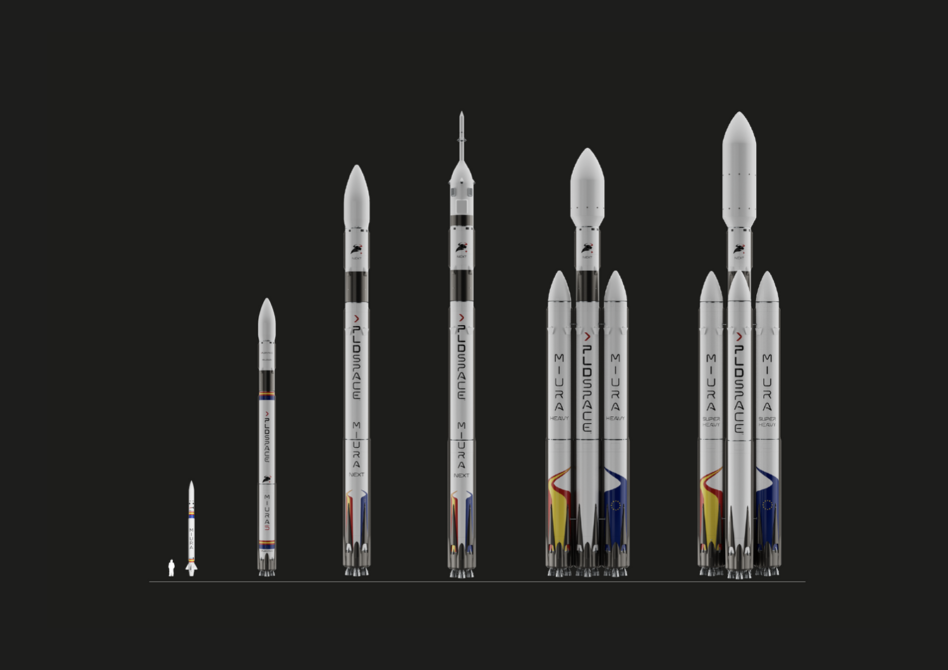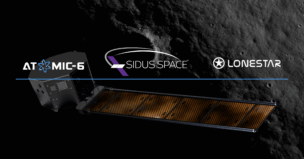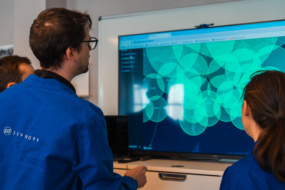Spanish rocket startup PLD Space’s 10-year roadmap includes big plans for large reusable rockets and crewed spacecraft.
The new vehicle designs, which were announced yesterday at an event in the startup’s new Spanish facility, go well beyond the capabilities of the company’s 540-1080 kg to LEO MIURA 5 rocket that is still at least a year away from its first orbital launch attempt.
While there certainly is a lot of work ahead to turn the ambitious plans into reality, the vehicles’ reveal will serve as a north star for the company and help reignite a fire under the broader European launch sector, which has garnered a reputation for playing it safe.
Without further ado, meet the MIURA Next family of reusable rockets:
- MIURA Next (2030 launch target)
- 13,580 kg to LEO expendable. 10,200 kg to LEO reusable.
- One core. 5 engines.
- MIURA Next Heavy (2031/2032 launch target)
- 36,000 kg to LEO expendable. 19,500 kg to LEO reusable.
- One core and two boosters. 15 engines.
- MIURA Next Super Heavy (2033 launch target)
- 53,000 kg to LEO expendable
- One core and four boosters. 25 engines.
- + PLD added obligatory commentary on payload to Mars numbers (13,660 kg) and how it can be used for multi-planetary expansion.
“This is going to be much higher than the capacity that Europe has ever had,” PLD CEO Raúl Torres said at the event. “This seems crazy, but in 10 years’ time, I can assure you that this will be necessary because the States are already doing it, China is already doing it, and other countries are going to be working on it.”
Reusability: Europe is behind in the launch market after years of deprioritizing reusability. PLD hopes to change that by designing all of its rockets with reuse in mind.
The company will incorporate parachute booster landing for its MIURA 5 rocket and then move on to propulsion landing for its later vehicles. Torres said reusability could help double its launch margins, assuming 10 booster recoveries.
But wait, there’s more: As if three big rockets weren’t enough, the company also introduced plans for a crewed spacecraft named LINCE yesterday. LINCE can transport four to five astronauts to orbit, and PLD said it will begin performing preliminary tests next year, with crewed launch not slated until after 2030.




